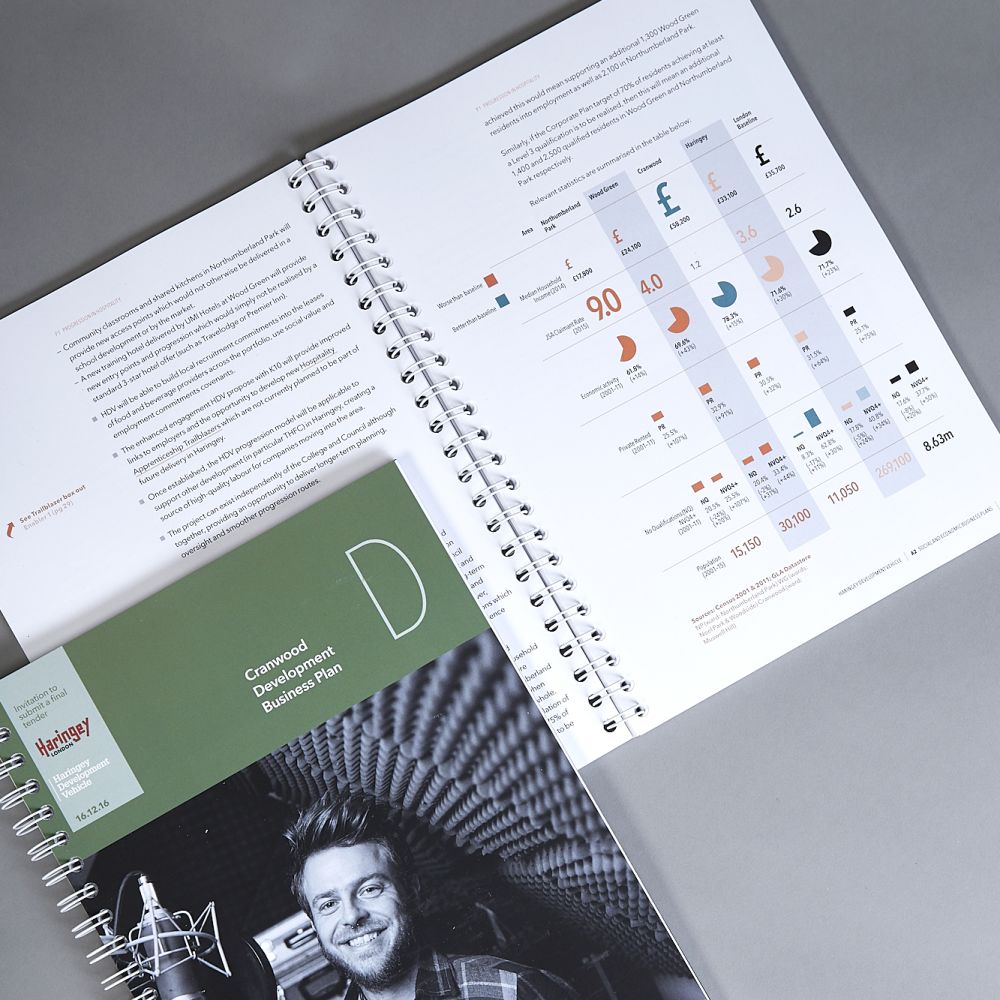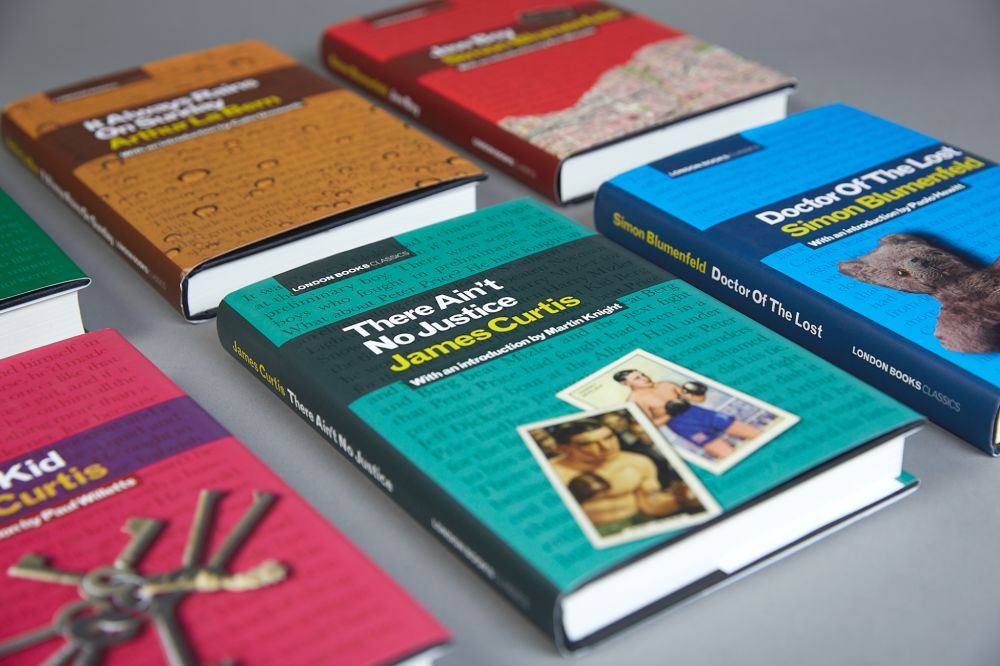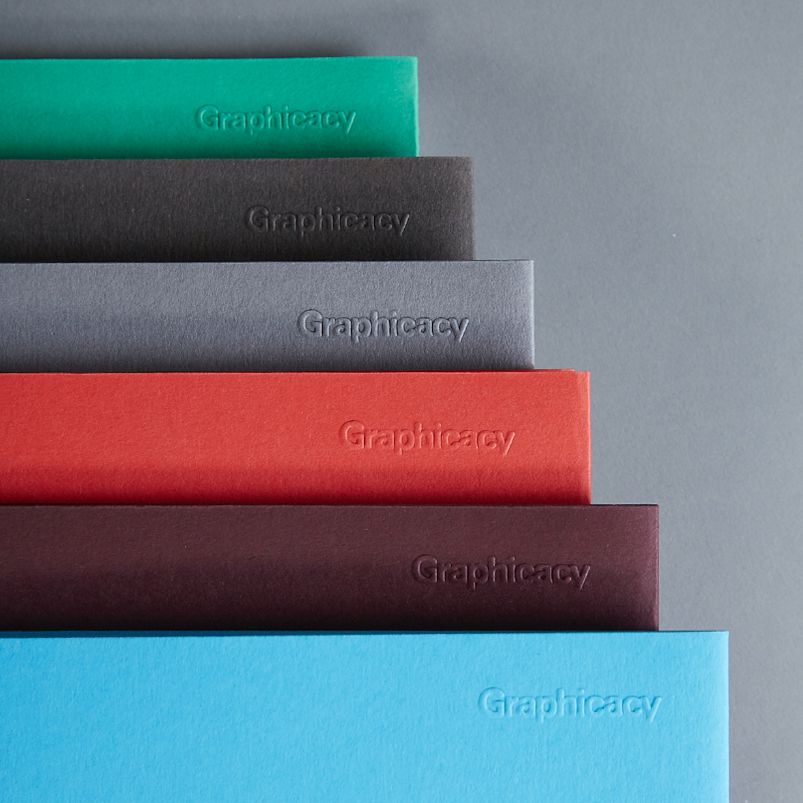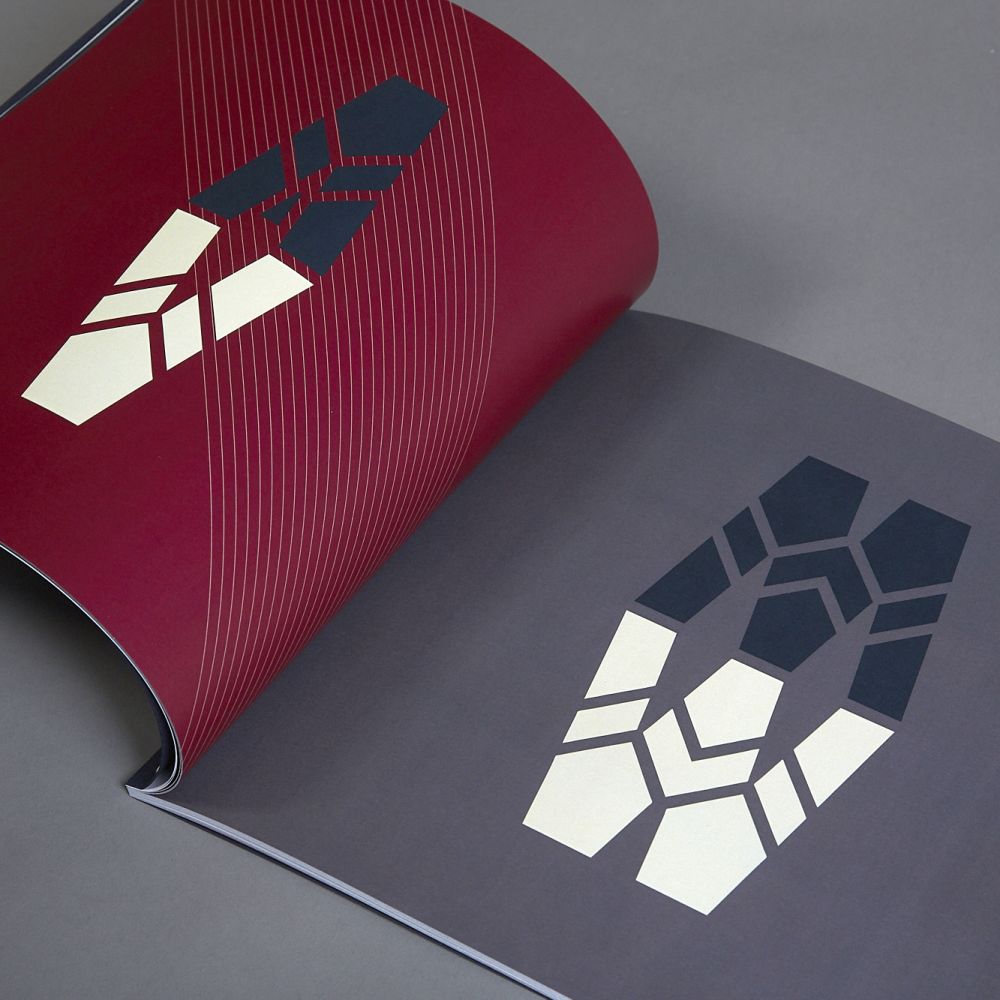

Outside of design, I am interested in design – we talk to tutor Ben Richards
Growing up in South London, Ben Richards is a local, he prides himself on having always been interested in helping people - whether through his design or his teaching. His relationship with the college began in 1989 when he joined us for a Higher National Diploma (HND) in Typographic Design, back when LCC was named London College of Printing (LCP). Working as a freelancer under the company name ‘Graphicacy’ since he graduated in 1991, Ben has complimented his freelance work with teaching part-time at London College of Communication. When we asked about his interests Ben had the perfect words… “outside of design, I am interested in design.” Ben leads our Graphic Design: An Introduction 2-day short course.

Ben, tell us about yourself…
I am more-or-less a Londoner and grew up in south London not too far from LCC. I have always been interested in helping people – I suppose this is the driving force for many teachers. My area of interest within design ties into this too – making things clear and resolving people’s information problems have always been at the heart of what I do.
My father was a priest and whilst I am not religious, his moral code has been inherited: somehow persuading an audience to buy things they do not need with money they have not got for reasons they do not know is anathema to me.
Since my studies much of my work has been for non-profit organizations, government, publishers, and arts organizations – clarifying, engaging, informing and even entertaining.

So, how did you get started?
As a boy I showed early promise with drawing skills and the standard route was to do ‘art’ and technical drawing. This led me onto a foundation course which disagreed with me and I with it. So after a term I left without any kind of plan. In my naivety I opened the telephone book and started ringing printers for work. By pure chance I managed to get a job as a ‘paste-up artist’. This involved position typesetting on boards in preparation for plate-making. The work required accuracy but no deeper thinking.
After a year or two of treading water I applied to the HND in Typographic Design at the then LCP. Two years of wonderful floundering followed but what fun we had and what a lot we learned – moving forward intellectually and developing typographic judgement. Immediately after leaving college, I worked with two tutors who had very high typographic standards – it was a great opportunity to more deeply learn about the nuances of typography.
The focus of this course was attention to detail and what I would call ‘design production’. We looked at paper costs, marketing, book production, typesetting, printing methods, copy-fitting and so on. Big ideas and graphic humour were always second place to well-crafted typography and letting the visual ideas emerge from within the content – not superimposing a concept. That has always stayed with me and feels like an honest approach.
Alongside your work as a tutor you run your own practice Graphicacy – can you tell us about that…
We have all heard of literacy, numeracy and even oracy but very few people have heard of their neglected sibling ‘graphicacy’. It is a real word and is to do with the ability code and decode images, type and any marks, ie. graphics. This idea ties up with my teaching and professional work.
Your teaching career has spanned 23 years working on many courses, tell us about teaching – what was the initial attraction?
To say that there was an attraction is an overstatement. My old course leader asked me to work a half-day on the course on which I studied and I didn’t have the confidence to turn him down. In those days visiting tutors did not have teacher training so it was quite terrifying to be running a project for a room of students not much younger than me. But I did realise that a brilliant opportunity had been handed to me and I have enjoyed helping students metaphorically open doors for themselves since then.



